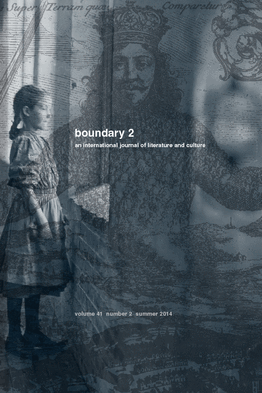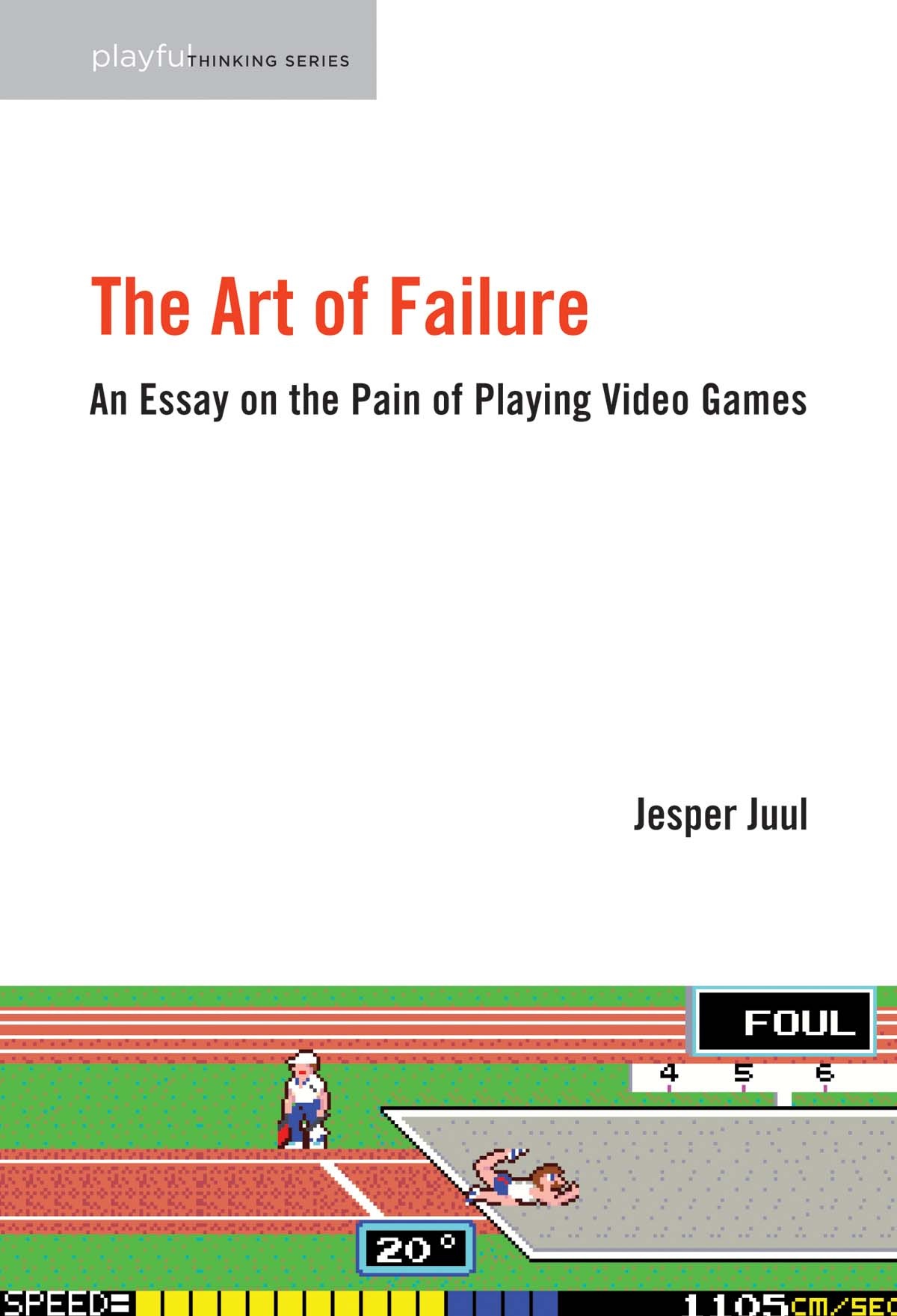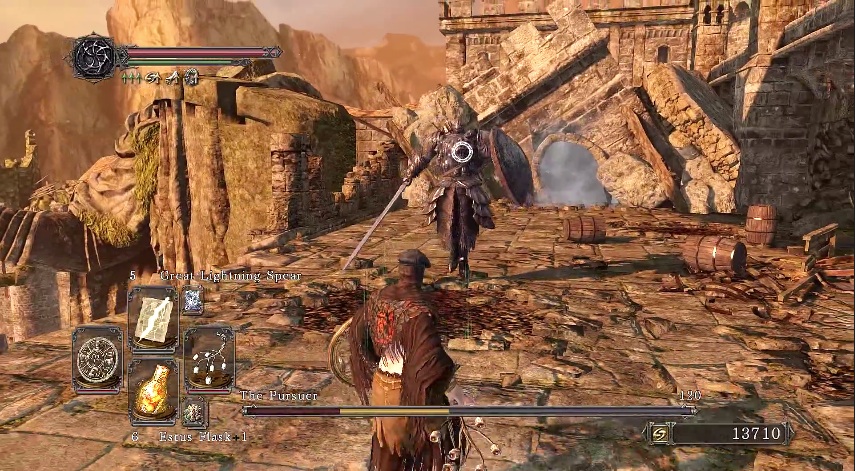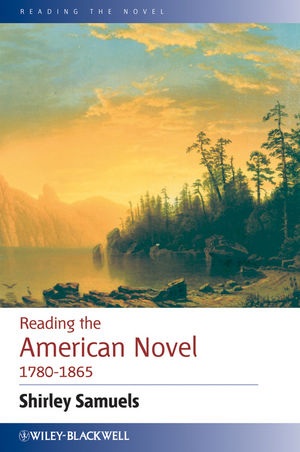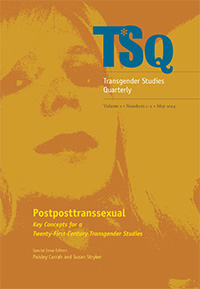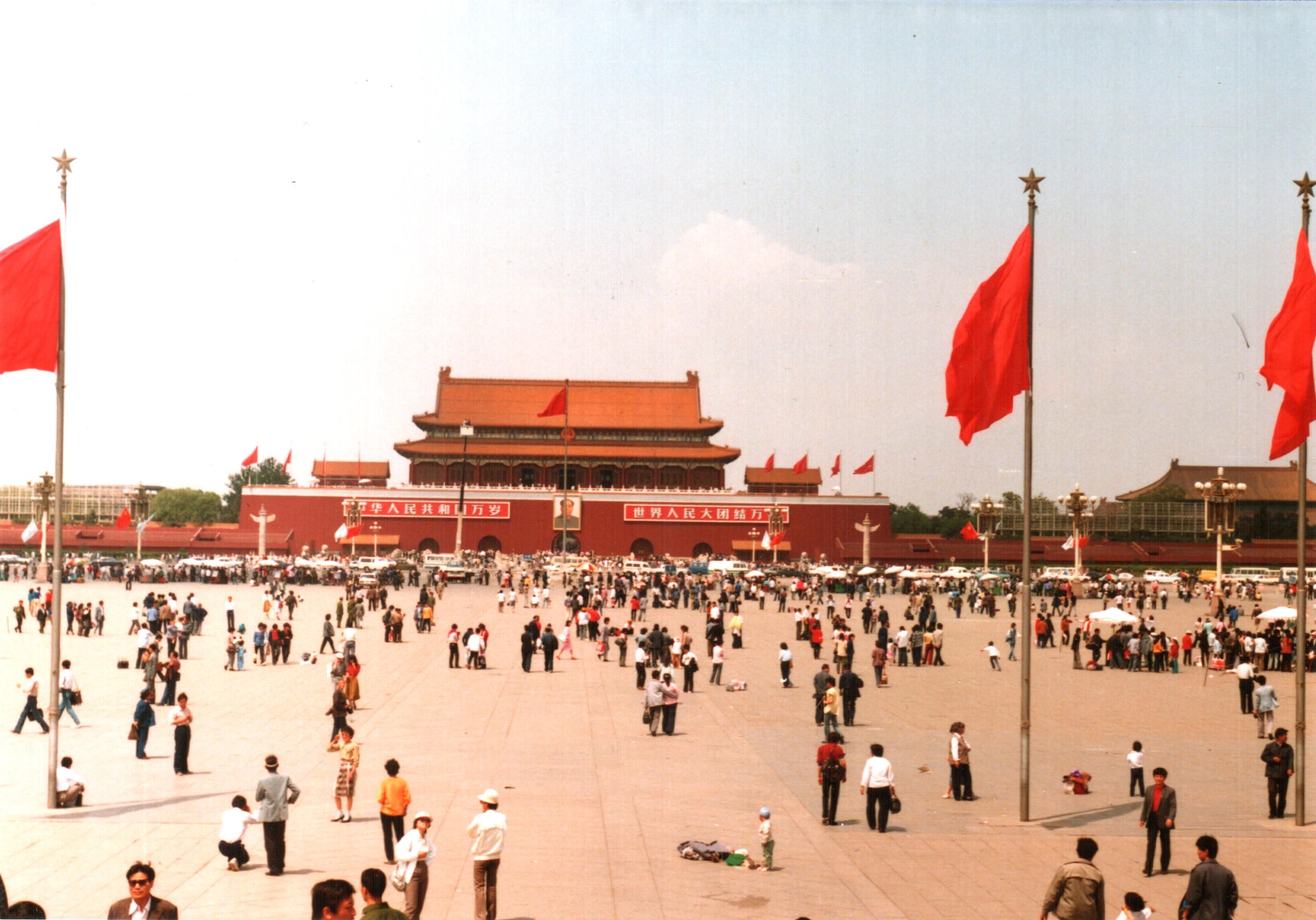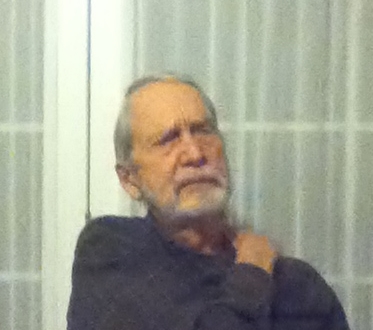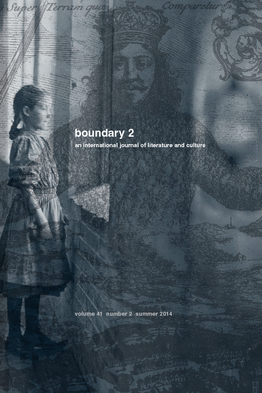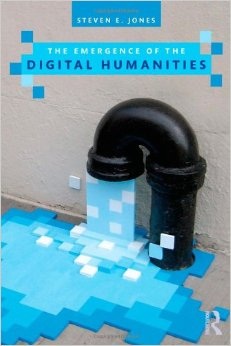
by Brian Lennon
on The Emergence of the Digital Humanities by Steven E. Jones
1
Steven E. Jones begins his Introduction to The Emergence of the Digital Humanities (Routledge, 2014) with an anecdote concerning a speaking engagement at the Illinois Institute of Technology in Chicago. “[M]y hosts from the Humanities department,” Jones tells us,
had also arranged for me to drop in to see the fabrication and rapid-prototyping lab, the Idea Shop at the University Technology Park. In one empty room we looked into, with schematic drawings on the walls, a large tabletop machine jumped to life and began whirring, as an arm with a router moved into position. A minute later, a student emerged from an adjacent room and adjusted something on the keyboard and monitor attached by an extension arm to the frame for the router, then examined an intricately milled block of wood on the table. Next door, someone was demonstrating finely machined parts in various materials, but mostly plastic, wheels within bearings, for example, hot off the 3D printer….
What exactly, again, was my interest as a humanist in taking this tour, one of my hosts politely asked?1
It is left almost entirely to more or less clear implication, here, that Jones’s humanities department hosts had arranged the expedition at his request, and mainly or even only to oblige a visitor’s unusual curiosity, which we are encouraged to believe his hosts (if “politely”) found mystifying. Any reader of this book must ask herself, first, if she believes this can really have occurred as reported: and if the answer to that question is yes, if such a genuinely unlikely and unusual scenario — the presumably full-time, salaried employees of an Institute of Technology left baffled by a visitor’s remarkable curiosity about their employer’s very raison d’être — warrants any generalization at all. For that is how Jones proceeds: by generalization, first of all from a strained and improbably dramatic attempt at defamiliarization, in the apparent confidence that this anecdote illuminating the spirit of the digital humanities will charm — whom, exactly?
It must be said that Jones’s history of “digital humanities” is refreshingly direct and initially, at least, free of obfuscation, linking the emergence of what it denotes to events in roughly the decade preceding the book’s publication, though his reading of those events is tendentious. It was the “chastened” retrenchment after the dot-com bubble in 2000, Jones suggests (rather, just for example, than the bubble’s continued inflation by other means) that produced the modesty of companies like our beloved Facebook and Twitter, along with their modest social networking platform-products, as well as the profound modesty of Google Inc. initiatives like Google Books (“a development of particular interest to humanists,” we are told2) and Google Maps. Jones is clearer-headed when it comes to the disciplinary history of “digital humanities” as a rebaptism of humanities computing and thus — though he doesn’t put it this way — a catachrestic asseveration of traditional (imperial-nationalist) philology like its predecessor:
It’s my premise that what sets DH apart from other forms of media studies, say, or other approaches to the cultural theory of computing, ultimately comes through its roots in (often text-based) humanities computing, which always had a kind of mixed-reality focus on physical artifacts and archives.3
Jones is also clear-headed on the usage history of “digital humanities” as a phrase in the English language, linking it to moments of consolidation marked by Blackwell’s Companion to Digital Humanities, the establishment of the National Endowment for the Humanities Office for the Digital Humanities, and higher-education journalism covering the annual Modern Language Association of America conventions. It is perhaps this sensitivity to “digital humanities” as a phrase whose roots lie not in original scholarship or cultural criticism itself (as was still the case with “deconstruction” or “postmodernism,” even at their most shopworn) but in the dependent, even parasitic domains of reference publishing, grant-making, and journalism that leads Jones to declare “digital humanities” a “fork” of humanities computing, rather than a Kuhnian paradigm shift marking otherwise insoluble structural conflict in an intellectual discpline.
At least at first. Having suggested it, Jones then discards the metaphor drawn from the tree structures of software version control, turning to “another set of metaphors” describing the digital humanities as having emerged not “out of the primordial soup” but “into the spotlight” (Jones, 5). We are left to guess at the provenance of this second metaphor, but its purpose is clear: to construe the digital humanities, both phenomenally and phenomenologically, as the product of a “shift in focus, driven […] by a new set of contexts, generating attention to a range of new activities” (5).
Change; shift; new, new, new. Not a branch or a fork, not even a trunk: we’re now in the ecoverse of history and historical time, in its collision with the present. The appearance and circulation of the English-language phrase “digital humanities” can be documented — that is one of the things that professors of English like Jones do especially well, when they care to. But “changes in the culture,” much more broadly, within only the last ten years or so? No scholar in any discipline is particularly well trained, well positioned, or even well suited to diagnosing those; and scholars in English studies won’t be at the top of anyone’s list. Indeed, Jones very quickly appeals to “author William Gibson” for help, settling on the emergence of the digital humanities as a response to what Gibson called “the eversion of cyberspace,” in its ostensibly post-panopticist colonization of the physical world.6 It makes for a rather inarticulate and self-deflating statement of argument, in which on its first appearance eversion, ambiguously, appears to denote the response as much as its condition or object:
My thesis is simple: I think that the cultural response to changes in technology, the eversion, provides an essential context for understanding the emergence of DH as a new field of study in the new millennium.7
Jones offers weak support for the grandiose claim that “we can roughly date the watershed moment when the preponderant collective perception changed to 2004–2008″ (21). Second Life “peaked,” we are told, while World of Warcraft “was taking off”; Nintendo introduced the Wii; then Facebook “came into its own,” and was joined by Twitter and Foursquare, then Apple’s iPhone. Even then (and setting aside the question of whether such benchmarking is acceptable evidence), for the most part Jones’s argument, such as it is, is that something is happening because we are talking about something happening.
But who are we? Jones’s is the typical deference of the scholar to the creative artist, unwilling to challenge the latter’s utter dependence on meme engineering, at least where someone like Gibson is concerned; and Jones’s subsequent turn to the work of a scholar like N. Katherine Hayles on the history of cybernetics comes too late to amend the impression that the order of things here is marked first by gadgets, memes, and conversations about gadgets and memes, and only subsequently by ideas and arguments about ideas. The generally unflattering company among whom Hayles is placed (Clay Shirky, Nathan Jurgenson) does little to move us out of the shallows, and Jones’s profoundly limited range of literary reference, even within a profoundly narrowed frame — it’s Gibson, Gibson, Gibson all the time, with the usual cameos by Bruce Sterling and Neal Stephenson — doesn’t help either.
Jones does have one problem with the digital humanities: it ignores games. “My own interest in games met with resistance from some anonymous peer reviewers for the program for the DH 2013 conference, for example,” he tells us (33). “[T]he digital humanities, at least in some quarters, has been somewhat slow to embrace the study of games” (59). “The digital humanities could do worse than look to games” (36). And so on: there is genuine resentment here.
But nobody wants to give a hater a slice of the pie, and a Roman peace mandates that such resentment be sublated if it is to be, as we say, taken seriously. And so in a magical resolution of that tension, the digital humanities turns out to be constituted by what it accidentally ignores or actively rejects, in this case — a solution that sweeps antagonism under the rug as we do in any other proper family. “[C]omputer-based video games embody procedures and structures that speak to the fundamental concerns of the digital humanities” (33). “Contemporary video games offer vital examples of digital humanities in practice” (59). If gaming “sounds like what I’ve been describing as the agenda of the digital humanities, it’s no accident” (144).
Some will applaud Jones’s niceness on this count. It may strike others as desperately friendly, a lingering under a big tent as provisional as any other tent, someday to be replaced by a building, if not by nothing. Few of us will deny recognition to Second Life, World of Warcraft, Wii, Facebook, Twitter, etc. as cultural presences, at least for now. But Jones’s book is also marked by slighter and less sensibly chosen benchmarks, less sensibly chosen because Jones’s treatment of them, in a book whose ambition is to preach to the choir, simply imputes their cultural presence. Such brute force argument drives the pathos that Jones surely feels, as a scholar — in the recognition that among modern institutions, it is only scholarship and the law that preserve any memory at all — into a kind of melancholic unconscious, from whence his objects return to embarrass him. “[A]s I write this,” we read, “QR codes show no signs yet of fading away” (41). Quod erat demonstrandum.
And it is just there, in such a melancholic unconscious, that the triumphalism of the book’s title, and the “emergence of the digital humanities” that it purports to mark, claim, or force into recognition, straightforwardly gives itself away. For the digital humanities will pass away, and rather than being absorbed into the current order of things, as digital humanities enthusiasts like to believe happened to “high theory” (it didn’t happen), the digital humanities seems more likely, at this point, to end as a blank anachronism, overwritten by the next conjuncture in line with its own critical mass of prognostications.
2
To be sure, who could deny the fact of significant “changes in the culture” since 2000, in the United States at least, and at regular intervals: 2001, 2008, 2013…? Warfare — military in character, but when that won’t do, economic; of any interval, but especially when prolonged and deliberately open-ended; of any intensity, but especially when flagrantly extrajudicial and opportunistically, indeed sadistically asymmetrical — will do that to you. No one who sets out to historicize the historical present can afford to ignore the facts of present history, at the very least — but the fact is that Jones finds such facts unworthy of comment, and in that sense, for all its pretense to worldliness, The Emergence of the Digital Humanities is an entirely typical product of the so-called ivory tower, wherein arcane and plain speech alike are crafted to euphemize and thus redirect and defuse the conflicts of the university with other social institutions, especially those other institutions who command the university to do this or do that. To take the ambiguity of Jones’s thesis statement (as quoted above) at its word: what if the cultural response that Jones asks us to imagine, here, is indeed and itself the “eversion” of the digital humanities, in one of the metaphorical senses he doesn’t quite consider: an autotomy or self-amputation that, as McLuhan so enjoyed suggesting in so many different ways, serves to deflect the fact of the world as a whole?
There are few moments of outright ignorance in The Emergence of the Digital Humanities — how could there be, in the security of such a narrow channel?6 Still, pace Jones’s basic assumption here (it is not quite an argument), we might understand the emergence of the digital humanities as the emergence of a conversation that is not about something — cultural change, etc. — as much as it is an attempt to avoid conversing about something: to avoid discussing such cultural change in its most salient and obvious flesh-and-concrete manifestations. “DH is, of course, a socially constructed phenomenon,” Jones tells us (7) — yet “the social,” here, is limited to what Jones himself selects, and selectively indeed. “This is not a question of technological determinism,” he insists. “It’s a matter of recognizing that DH emerged, not in isolation, but as part of larger changes in the culture at large and that culture’s technological infrastructure” (8). Yet the largeness of those larger changes is smaller than any truly reasonable reader, reading any history of the past decade, might have reason to expect. How pleasant that such historical change was “intertwined with culture, creativity, and commerce” (8) — not brutality, bootlicking, and bank fraud. Not even the modest and rather opportunistic gloom of Gibson’s 2010 New York Times op-ed entitled “Google’s Earth” finds its way into Jones’s discourse, despite the extended treatment that Gibson’s “eversion” gets here.
From our most ostensibly traditional scholarly colleagues, toiling away in their genuine and genuinely book-dusty modesty, we don’t expect much respect for the present moment (which is why they often surprise us). But The Emergence of the Digital Humanities is, at least in ambition, a book about cultural change over the last decade. And such historiographic elision is substantive — enough so to warrant impatient response. While one might not want to say that nothing good can have emerged from the cultural change of the period in question, it would be infantile to deny that conditions have been unpropitious in the extreme, possibly as unpropitious as they have ever been, in U.S. postwar history — and that claims for the value of what emerges into institutionality and institutionalization, under such conditions, deserve extra care and, indeed defense in advance, if one wants not to invite a reasonably caustic skepticism.
When Jones does engage in such defense, it is weakly argued. To construe the emergence of the digital humanities as non-meaninglessly concurrent with the emergence of yet another wave of mass educational automation (in the MOOC hype that crested in 2013), for example, is wrong not because Jones can demonstrate that their concurrence is the concurrence of two entirely segregated genealogies — one rooted in Silicon Valley ideology and product marketing, say, and one utterly and completely uncaused and untouched by it — but because to observe their concurrence is “particularly galling” to many self-identified DH practitioners (11). Well, excuse me for galling you! “DH practitioners I know,” Jones informs us, “are well aware of [the] complications and complicities” of emergence in an age of precarious labor, “and they’re often busy answering, complicating, and resisting such opportunistic and simplistic views” (10). Argumentative non sequitur aside, that sounds like a lot of work undertaken in self-defense — more than anyone really ought to have to do, if they’re near to the right side of history. Finally, “those outside DH,” Jones opines in an attempt at counter-critique, “often underestimate the theoretical sophistication of many in computing,” who “know better than many of their humanist critics that their science is provisional and contingent” (10): a statement that will only earn Jones super-demerits from those of such humanist critics — they are more numerous than the likes of Jones ever seem to suspect — who came to the humanities with scientific and/or technical aptitudes, sometimes with extensive educational and/or professional training and experience, and whose “sometimes world-weary and condescending skepticism” (10) is sometimes very well-informed and well-justified indeed, and certain to outlive Jones’s winded jabs at it.
Jones is especially clumsy in confronting the charge that the digital humanities is marked by a forgetting or evasion of the commitment to cultural criticism foregrounded by other, older and now explicitly competing formations, like so-called new media studies. Citing the suggestion by “media scholar Nick Montfort” that “work in the digital humanities is usually considered to be the digitization and analysis of pre-digital cultural artifacts, not the investigation of contemporary computational media,” Jones remarks that “Montfort’s own work […] seems to me to belie the distinction,”7 as if Montfort — or anyone making such a statement — were simply deluded about his own work, or about his experience of a social economy of intellectual attention under identifiably specific social and historical conditions, or else merely expressing pain at being excluded from a social space to which he desired admission, rather than objecting on principle to a secessionist act of imagination.8
3
Jones tells us that he doesn’t “mean to gloss over the uneven distribution of [network] technologies around the world, or the serious social and political problems associated with manufacturing and discarding the devices and maintaining the server farms and cell towers on which the network depends” — but he goes ahead and does it anyway, and without apology or evident regret. “[I]t’s not my topic in this book,” we are told, “and I’ve deliberately restricted my focus to the already-networked world” (3). The message is clear: this is a book for readers who will accept such circumscription, in what they read and contemplate. Perhaps this is what marks the emergence of the digital humanities, in the re-emergence of license for restrictive intellectual ambition and a generally restrictive purview: a bracketing of the world that was increasingly discredited, and discredited with increasing ferocity, just by the way, in the academic humanities in the course of the three decades preceding the first Silicon Valley bubble. Jones suggests that “it can be too easy to assume a qualitative hierarchical difference in the impact of networked technology, too easy to extend the deeper biases of privilege into binary theories of the global ‘digital divide’” (4), and one wonders what authority to grant to such a pronouncement when articulated by someone who admits he is not interested, at least in this book, in thinking about how an — how any — other half lives. It’s the latter, not the former, that is the easy choice here. (Against a single, entirely inconsequential squib in Computer Business Review entitled “Report: Global Digital Divide Getting Worse,” an almost obnoxiously perfunctory footnote pits “a United Nations Telecoms Agency report” from 2012. This is not scholarship.)
Thus it is that, read closely, the demand for finitude in the one capacity in which we are non-mortal — in thought and intellectual ambition — and the more or less cheerful imagination of an implied reader satisfied by such finitude, become passive microaggressions aimed at another mode of the production of knowledge, whose expansive focus on a theoretical totality of social antagonism (what Jones calls “hierarchical difference”) and justice (what he calls “binary theories”) makes the author of The Emergence of the Digital Humanities uncomfortable, at least on its pages.
That’s fine, of course. No: no, it’s not. What I mean to say is that it’s unfair to write as if the author of The Emergence of the Digital Humanities alone bears responsibility for this particular, certainly overdetermined state of affairs. He doesn’t — how could he? But he’s getting no help, either, from most of those who will be more or less pleased by the title of his book, and by its argument, such as it is: because they want to believe they have “emerged” along with it, and with that tension resolved, its discomforts relieved. Jones’s book doesn’t seriously challenge that desire, its (few) hedges and provisos notwithstanding. If that desire is more anxious now than ever, as digital humanities enthusiasts find themselves scrutinized from all sides, it is with good reason.
_____
Brian Lennon is Associate Professor of English and Comparative Literature at Pennsylvania State University and the author of In Babel’s Shadow: Multilingual Literatures, Monolingual States (University of Minnesota Press, 2010).
_____
notes:
1. Jones, 1.
Back to the essay
2. Jones, 4. “Interest” is presumed to be affirmative, here, marking one elision of the range of humanistic critical and scholarly attitudes toward Google generally and the Google Books project in particular. And of the unequivocally less affirmative “interest” of creative writers as represented by the Authors Guild, just for example, Jones has nothing to say: another elision.
Back to the essay
3. Jones, 13.
Back to the essay
4. See Gibson.
Back to the essay
5. Jones, 5.
Back to the essay
6. As eager as any other digital humanities enthusiast to accept Franco Moretti’s legitimation of DH, but apparently incurious about the intellectual formation, career and body of work that led such a big fish to such a small pond, Jones opines that Moretti’s “call for a distant reading” stands “opposed to the close reading that has been central to literary studies since the late nineteenth century” (Jones, 62). “Late nineteenth century” when exactly, and where (and how, and why)? one wonders. But to judge by what Jones sees fit to say by way of explanation — that is, nothing at all — this is mere hearsay.
Back to the essay
7. Jones, 5. See also Montfort.
Back to the essay
8. As further evidence that Montfort’s statement is a mischaracterization or expresses a misunderstanding, Jones suggests the fact that “[t]he Electronic Literature Organization itself, an important center of gravity for the study of computational media in which Montfort has been instrumental, was for a time housed at the Maryland Institute for Technology in the Humanities (MITH), a preeminent DH center where Matthew Kirschenbaum served as faculty advisor” (Jones, 5–6). The non sequiturs continue: “digital humanities” includes the study of computing and media because “self-identified practitioners doing DH” study computing and media (Jones, 6); the study of computing and media is also “digital humanities” because the study of computing and digital media might be performed at institutions like MITH or George Mason University’s Roy Rosenzweig Center for History and New Media, which are “digital humanities centers” (although the phrase “digital humanities” appears nowhere in their names); “digital humanities” also adequately describes work in “media archaeology” or “media history,” because such work has “continued to influence DH” (Jones, 6); new media studies is a component of the digital humanities because some scholars suggest it is so, and others cannot be heard to object, at least after one has placed one’s fingers in one’s ears; and so on.
Back to the essay
(feature image: “Bandeau – Manifeste des Digital Humanities,” uncredited; originally posted on flickr.)



